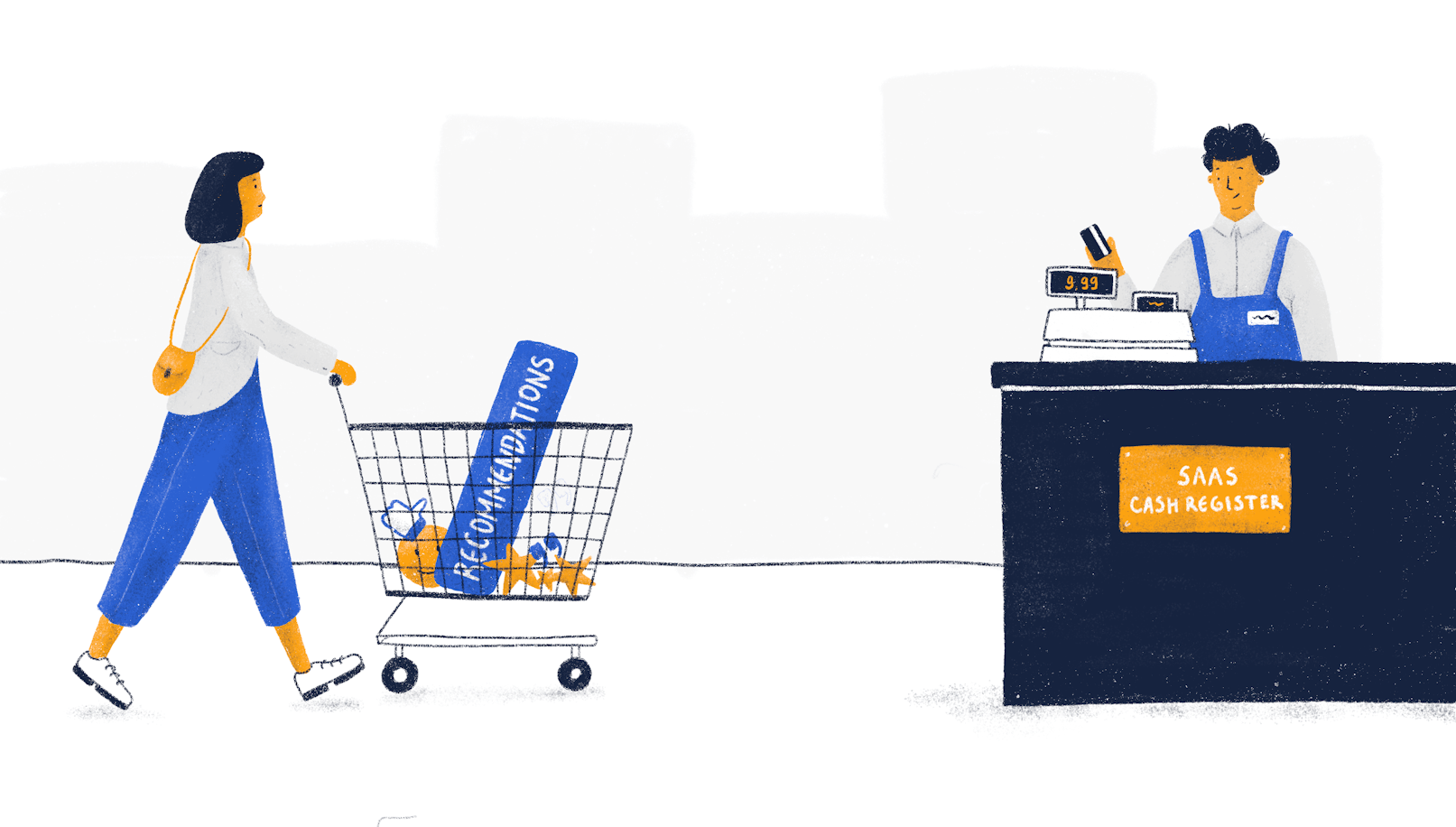Customer journey maps, also known as CJMs, are a vital instrument in understanding your users by walking in their shoes, so to speak. CJMs provide businesses with a lot of value by allowing them to strategize communication with their customers, as well as acquire a better understanding of the data and metrics they should track across tools.
In this article, we’ll take a closer look at the importance of customer journeys for SaaS businesses, the value they bring to the table, and provide you with actionable advice on developing one.
Let’s jump right in.
What is a customer journey in SaaS?
Fundamentally, a customer journey is the path user takes from not being aware that there is a solution to a problem they’re facing to becoming a long-term loyal customer. Metaphorically speaking, it’s about turning complete strangers into life-long best friends.
What makes SaaS Journey different from a regular one? Unlike many other businesses, SaaS products rely almost entirely on their digital presence. On top of that, because of their subscription-based monetization model, they need a continuous positive interaction loop with their customers. It doesn’t just end at the activation. You need to maintain trust and loyalty.
CJM vs. marketing and sales funnels
There is a fair bit of confusion between customer journey maps and sales or marketing funnels, which is totally understandable given the sheer number of conceptual similarities between them. However, there are quite a few critical differences that set them apart.
Probably the most important distinction between the two revolves around their focus—CJM puts the customer first, while a funnel is built around a company’s business goals.
It’s also worth mentioning that funnels are built around lead lifecycles, meaning that they are intended to turn visitors into leads and leads into customers. CJMs, on the other hand, provide businesses with a person’s path from interest and awareness all the way to consideration and conversion.

How are CJMs helpful
As we mentioned previously, CJMs have a broad spectrum of benefits. However, we’d like to touch on the three aspects we believe to be most valuable for SaaS businesses.
They help you define bottlenecks by leveraging data
By having a thorough understanding of your customers’ interaction with your product, you can quickly identify the metrics that matter most and start documenting them. This will allow you to both understand where your users seem to experience friction that prevents them from advancing in the journey and identify potential solutions to addressing these sources of friction.
As a result, you’ll be able to surface and solve any bottleneck, whether it’s long-term or short-term.
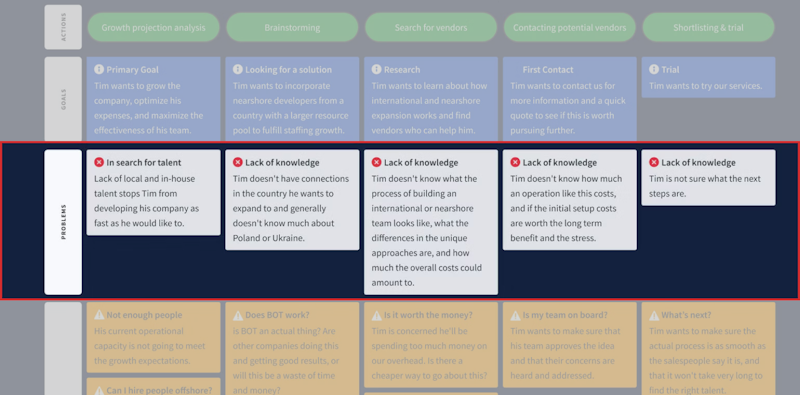
Get the team on the same page and foster empathy
By creating a clear overarching journey for your customers, everyone in the organization can gather an in-depth understanding of the role they play in the users’ experience. As a result, this allows to leverage a sense of cross-department empathy and unify everyone’s decision-making.
Creating a meaningful and holistic customer experience will allow your organization to achieve a sense of synchrony among stakeholders, use resources efficiently, and get an increased return on your customer experience efforts.
Inform product and marketing decisions
A customer journey map can be a vital source of the essential changes and improvements for your product. By leveraging user personas and their paths, you can easily address their biggest pains and frustrations. Plus, this approach will allow you to clearly see the results of your actions by seeing the impact they have on your business KPIs.
How to create a customer journey map
Customer journey maps comprise a series of building blocks that help inform and structure your users’ paths.
Typically, CJMs consist of two axes—the X and the Y.

One of them is there to help you outline the stages of the lifecycle. The other focuses on the different paths a customer might take in each stage.
Chronological steps (X-axis)
Generally, the X-axis portrays the benchmarks that a person goes through by interacting with your brand. Their path starts when they first learn about your product and continues beyond the point of purchase. Let’s take a look at a few steps you should consider including in your CJM:
Problem unawareness
This is where you explore the channels that could lead your potential customers to learn about your brand. These decisions are based on your users’ identity, field of activity, age, and a host of other factors.
Problem awareness
As the name suggests, this is where a person learns about your product, but it’s worth pointing out that they’re nowhere near making a decision to become a customer. At this particular point, they’re exploring potential solutions for a problem they’re facing.
Research
Most of us seek to find products and services that address our needs and have a relatable identity. Often, when people come across a product, it’s possible that they may never have known that such solutions exist, which will incentivize them to explore similar services (a.k.a. your competition). This is precisely what the research phase is all about. People may sometimes make compulsive purchases, but that rarely applies to online service, and we need to account for that in customer journey maps.
Consideration
During the consideration phase, customers are still researching their options, but they’re looking into your brand more carefully, assessing the value it can bring and whether it’s the most cost-effective solution.
During this phase, they’re looking for proof that your product or service truly addresses the problem they’re looking to solve.
This is a critical phase of the CJM when potential customers want to learn more about the product and its features.
Trial and subscription
Your customer has weighed all the pros and cons, and they’ve chosen your service over the competition. They sign up for a trial and then choose to become a paying customer.
While you’ve managed to win this person over, your work is by no means done.
Retention and advocacy
Retaining your customer is arguably more important than acquiring new ones. No matter where a person is in a CJM, they need your continuous support and assistance. If your churn percentages are starting to creep up, you may want to revise your approach toward the retention and advocacy section of your CJM.
CJM Components (Y-axis)
Once you’ve created a chronological representation of a person’s interaction with your brand, it’s time to create a detailed profile of their experience. The Y-axis is all about breaking down what’s happening in each phase.
You can limit yourself to the things your potential customer thinks, feels, and does at each step, but we strongly recommend leveraging as much data as you have on your hands to create a detailed journey. We suggest you include:
Persona (Note: opt for one persona per journey);
Goals;
KPI’s;
Emotions;
Problems;
Opportunities;
Anything you consider relevant based on your goals and priorities;
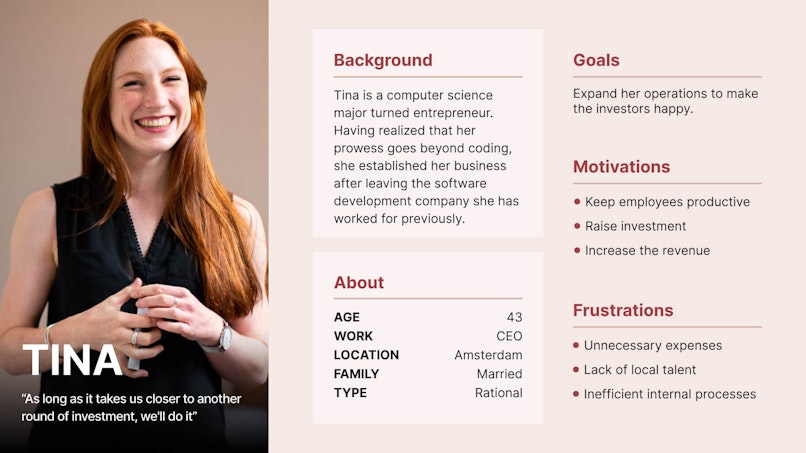
Alleviating drops in satisfaction
One way or another, there will be points in time when your customers’ satisfaction will diminish. Your job is to soften the blow. Here are a few common points of frustration and what you can do about them.
Confusing pricing pages
Humans are drawn to clarity. It’s part of our evolutionary baggage that we carry—our brains constantly assess the environment to ensure our safety. Everything that causes confusion will only cause anxiety and unnecessary friction.
The rule of thumb here is to make your pricing as simple as possible and make your pricing tiers as short as you can to avoid scrolling. When needed, give a quick overview first, then a detailed comparison.
This isn't even half of it (no offense to this page's designers 😄)
Credit card data request
There’s plenty of research that shows how detrimental credit card requests are to your conversion rates—and that’s pretty obvious. Why would people be inclined to share their financial data with a business whose product they want to try out?
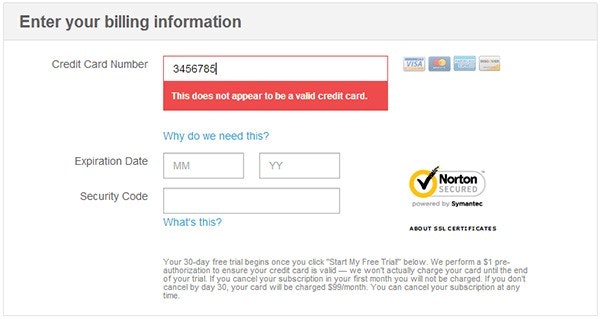
Forced sales calls to get access to the product
It’s safe to say that this approach is very dated and intrusive by modern standards.

Lengthy onboarding you can’t skip
We’ve written extensively on the importance of onboarding; we believe that it’s one of the most cost-effective investments that will help your product decimate your churn rates. Onboarding flows should be skippable and resumable. Sometimes people need the tool for something very specific now, which makes onboarding an extra hoop to jump through.
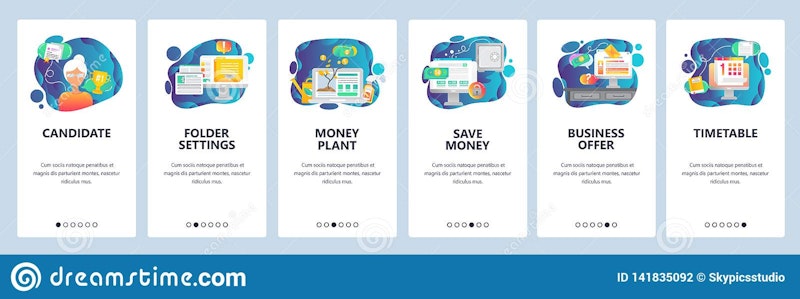
Confusing navigation
Remember we mentioned how humans strive for clarity? This applies to navigation as well, especially immediately after a person requests a trial. Confusing navigation will prevent them from experiencing the true value your product can provide.
Limited trial functionality
The inability to access a product’s full set of features can be disappointing for the same reasons we just mentioned. People don’t want to learn about a product’s capabilities from marketing materials; they want to experience the real deal. Failing to provide them with this opportunity may deter them from becoming a paying customer.

No access to data
Sometimes in order to use an app, it needs to have data. Think of Google Analytics, for example. What use do data aggregating tools have if there’s no data? A common solution is to have a sandbox mode with faux data, or if the setting up doesn’t require much time, you can ease the users’ way into filling the data.
How to alleviate frustration
Once you have identified these potential problems and frustrations a user might encounter, here are a few tactics you can employ
Help chats can be exceptionally useful for quick questions that FAQs don’t cover;
Freebies—come one, who doesn’t like those?;
Self-serve—customers don’t always want to interact with salespeople. Allowing them to explore the product on their own can remove lots of friction, assuming that your onboarding is on point;
Make the onboarding option or reduce it to a minimum. Allow users to explore the app as early as possible;
Work and rework the information architecture of your product in order to improve the discoverability of features and navigation;
Make good use of demo data: if adding data to the product is time-consuming, having demo data can help see the product in action and see its real value. Don’t forget to provide an option to remove or start an instance from scratch;
CJM Templates & Resources
Customer journey maps are a fairly versatile tool that doesn’t demand too much technical prowess. Here are a few tools that can help you create a CJM in no time.
Google Spreadsheet—Ahhh, Nothing like a good ole spreadsheet. Yes, you can actually use spreadsheets to create CJMs—if that’s your cup of tea, of course;
Miro—an awesome whiteboarding tool that has plenty of templates, including one for journey maps;
FigJam—another well-designed whiteboarding tool;
UX Pressia—a tool created specifically for journey mapping;
Check out one of our articles on journey mapping to find a free template;
The bottom line
Alright, now you know how to create a customer journey map. They’re an exceptionally useful yet often overlooked tool in SaaS products. It will help you align your entire organization’s decision-making, prioritize activities, spot gaps and opportunities, and much more.

